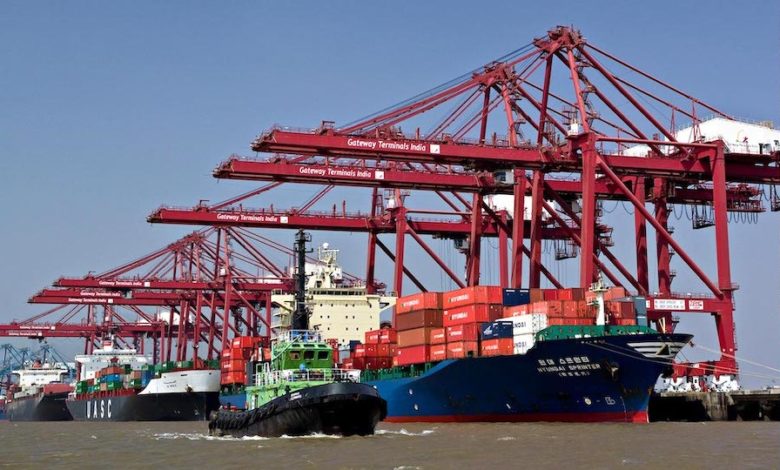Energy News Beat
Golar announced the sale of the 2003-built steam turbine LNG carrier, Golar Arctic, in a statement on Thursday, but the firm did not reveal the buyer.
The sale price for the vessel is $24 million before transaction-related expenses.
Golar said the LNG carrier is unencumbered.
Moreover, the transaction is expected to close, and the vessel is to be handed over to its new owner, within the first quarter of 2025.
Following the vessel sale, Golar will have fully exited its legacy shipping business.
Golar said the LNG carrier Fuji LNG discharged its final cargo as an LNG carrier in January 2025, and has now arrived in China preparing to enter CIMC shipyard for conversion into a MKII FLNG later this month.
“The sale of the Golar Arctic marks the conclusion of Golar’s planned exit from the LNG shipping segment, 50 years after taking delivery of our first LNG carrier in 1975,” Golar CEO Karl Fredrik Staubo said.
“Over the last 50 years LNG shipping has been the foundation for Golar’s pioneering maritime LNG infrastructure advances, including FSRUs and FLNGs. Golar’s transition into a focused FLNG infrastructure company is now complete. We look forward to expanding our market-leading FLNG position,” Staubo said.
In addition to this sale, Golar recently sold its stake in small-scale LNG player Avenir LNG to Stolt-Nielsen and took full ownership of the 2.4 mtpa FLNG Hilli after completing deals worth $90.2 million with Seatrium and Black & Veatch.
Hilli is currently contracted to Perenco in Cameroon, until contract expiry in July 2026.
Following the completion of its contract in Cameroon, the FLNG will relocate to Argentina to start a 20-year contract for Southern Energy, a consortium of natural gas producers in Argentina.
Golar LNG’s 2,5 mtpa FLNG Gimi also just started producing LNG for the BP-operated Greater Tortue Ahmeyim FLNG project, located offshore Mauritania and Senegal.
In February last year, the 2.5 mtpa FLNG, which was converted from a 1975-built Moss LNG carrier with a storage capacity of 125,000 cbm, arrived at the GTA hub.
As per the third FLNG, Golar signed an EPC agreement with China’s CIMC Raffles in September 2024 to convert its 148,000-cbm Moss-type carrier, Fuji LNG, into an MKII FLNG with a capacity of 3.5 mtpa.
Black & Veatch will supply the topside LNG process plant.
Golar said the total EPC price is $1.6 billion, but the total budget for the MK II FLNG conversion is $2.2 billion.
The Golar MK II design is an evolution of the MK I design of FLNG Hilli and FLNG Gimi.
We give you energy news and help invest in energy projects too, click here to learn more
Crude Oil, LNG, Jet Fuel price quote
ENB Top News
ENB
Energy Dashboard
ENB Podcast
ENB Substack
The post Golar sells its last LNG carrier appeared first on Energy News Beat.














